Case 1840 Skid Steer Review
- November 3, 2023
- 2 comment
In the fast-paced world of construction and heavy machinery, having the right equipment can make all the difference between a job well done and a struggle on the worksite. Among the many tools and machines at our disposal, the Case 1840 Skid Steer has consistently stood out as a dependable workhorse. With its reputation for power, versatility, and reliability, this compact construction marvel has won the hearts of many in the industry, including seasoned professionals and beginners alike. In this comprehensive review, we’ll take a deep dive into the Case 1840 Skid Steer, exploring its key features, performance, maneuverability, operator comfort, durability, and more, to help you determine if it’s the right fit for your construction needs. Whether you’re an experienced operator or a newcomer in search of a trustworthy machine, this review will provide valuable insights into the Case 1840 Skid Steer and what it brings to the job site.
What You Need To Know About Case 1840 Skid Steer
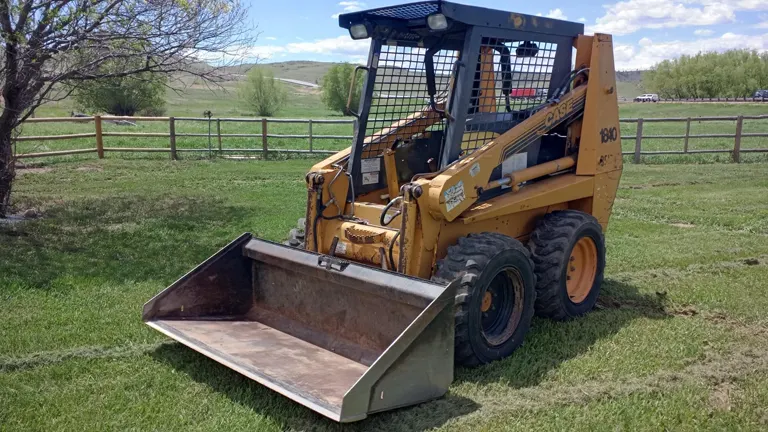
The Case 1840 Skid Steer is a compact, versatile heavy machinery designed for navigating tight construction spaces with ease. Powered by a robust engine, it stands out as a powerhouse in action, capable of handling heavy lifting and excavation tasks. With an impressive operating capacity, this skid steer can accommodate various attachments, making it suitable for lifting heavy loads and reaching elevated areas. Its outstanding maneuverability ensures precision and control in tight spaces, while operator comfort is prioritized through an ergonomic cabin and excellent visibility. The Case 1840 is built to withstand tough conditions, thanks to its robust construction and high-quality materials, bolstering its reputation for reliability in the construction industry.
Key Features
The Case 1840 Skid Steer boasts a compact design, which makes it incredibly versatile on various job sites. It’s powered by a robust engine that never fails to impress with its performance. The machine is user-friendly, even for those new to the skid steer world. I appreciate the simplicity of its design, which allows operators to get the hang of it quickly. Here are some more notable attributes of the Case 1840 Skid Steer:
- Easy Maintenance: The Case 1840 is designed with serviceability in mind. Accessible service points and well-placed components make routine maintenance tasks, such as oil changes and filter replacements, straightforward, reducing downtime and maintenance costs.
- Quality Build: Case is recognized for its commitment to quality construction equipment, and the Case 1840 Skid Steer is no exception. It is built with high-quality materials and components, ensuring longevity and reliability.
- Hydraulic Power: The skid steer’s hydraulic system is robust, providing powerful and precise control over various attachments. This feature is essential for accomplishing tasks that require finesse and strength.
- Stability and Balance: The Case 1840 offers excellent stability and balance, which are vital for safe operation when lifting heavy loads or navigating uneven terrain. This stability enhances operator confidence and safety.
- Fuel Efficiency: While providing power, the Case 1840 Skid Steer is designed to be fuel-efficient, helping operators save on fuel costs over time, making it a cost-effective choice for long-term use.
- User-Friendly Controls: The controls in the operator’s cabin are designed with simplicity and efficiency in mind. They are intuitive, allowing operators to learn and operate the machine quickly.
- Tilt-Up ROPS: The skid steer features a Rollover Protective Structure (ROPS) that can be tilted up, providing easy access to the engine compartment for maintenance tasks.
- Ground Clearance: The Case 1840 offers respectable ground clearance, allowing it to operate on uneven terrain without getting stuck or experiencing hang-ups.
A Powerhouse in Action
One of the standout features of the Case 1840 is its impressive power. The machine is equipped with an engine that consistently delivers the muscle needed for heavy lifting and excavation. Whether you’re moving materials, digging trenches, or performing other construction tasks, the Case 1840 Skid Steer is more than up to the challenge. The power it packs is a real game-changer and a valuable asset on any job site.
One of the things I appreciate most about the Case 1840 is its versatility. The machine can be equipped with a wide range of attachments, making it suitable for a variety of tasks. I have used the Case 1840 to load and unload materials, dig trenches, grade land, and clear debris. The machine has always performed flawlessly, even on the toughest jobs.
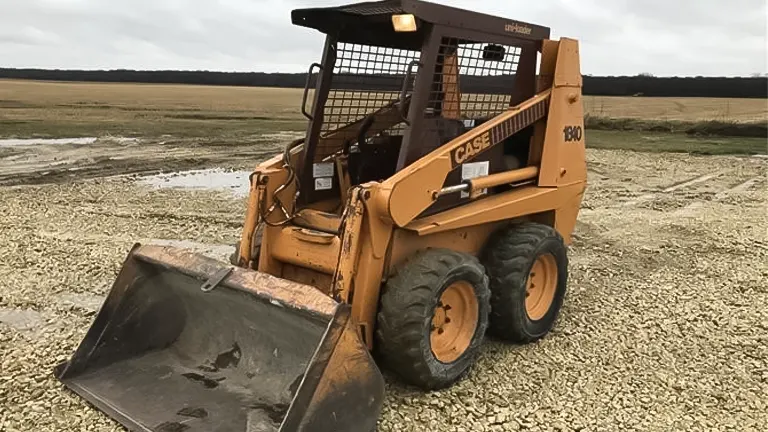
Another thing I like about the Case 1840 is its durability. The machine is built with high-quality components and construction, and it has held up well to the rigors of everyday use. I have never had any major problems with my Case 1840, and it has always been reliable and dependable.
Operating Capacity
The Case 1840 offers an exceptional operating capacity, allowing it to handle a variety of attachments, such as buckets, forks, and augers. Its lift height and reach are remarkable, making it a versatile choice for tasks that require lifting heavy loads and reaching high places. I’ve personally found it invaluable when I need to work efficiently, particularly when handling materials or equipment.
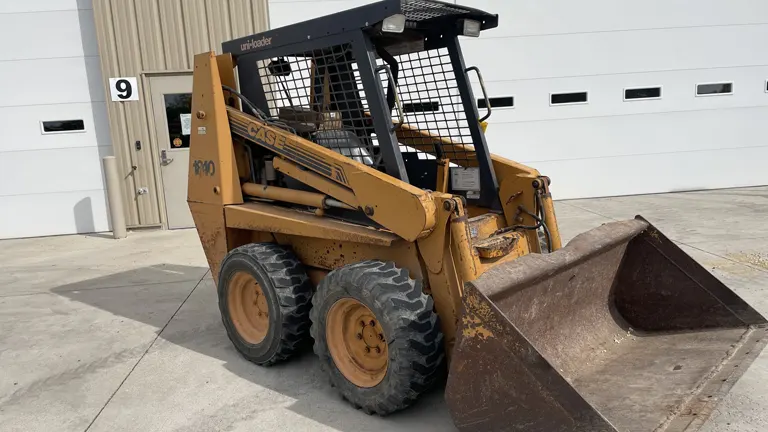
The Case 1840 Skid Steer’s operating capacity is one of its most valuable features. It makes the machine ideal for a wide range of tasks, and it allows operators to work efficiently and safely.
Maneuverability
One of the key advantages of a skid steer is its exceptional maneuverability, and the Case 1840 is no exception. Its compact size and agile design enable it to navigate tight spaces and crowded job sites with ease. The precision and control it provides are crucial for tasks that demand accuracy, such as grading, landscaping, and site preparation.
I have found the Case 1840 Skid Steer to be extremely maneuverable, even in the most challenging conditions. The machine is very compact, with a tight turning radius, making it easy to navigate tight spaces and crowded job sites. The controls are also very precise and responsive, allowing for smooth and precise operation.
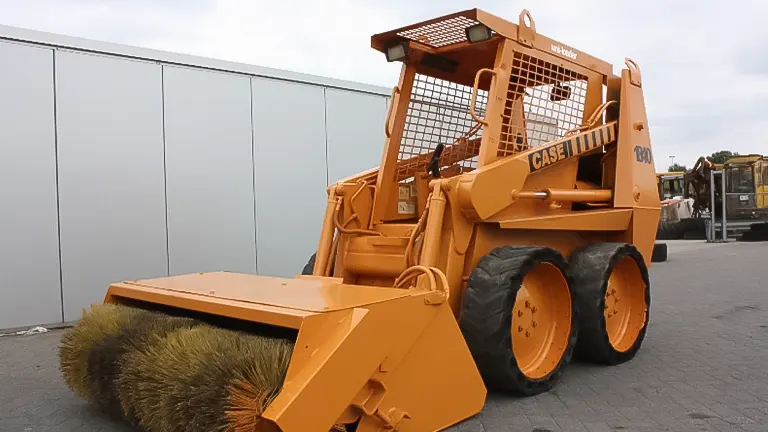
One of the things I appreciate most about the Case 1840’s maneuverability is its ability to turn on a dime. This is especially useful when working in tight spaces, such as when loading and unloading materials or digging trenches.
Operator Comfort
Long hours on the job site require machinery that prioritizes operator comfort, and the Case 1840 Skid Steer delivers on this front. Its cabin is well-designed, with ergonomic controls that reduce operator fatigue. The excellent visibility from the operator’s seat not only enhances safety but also increases overall productivity, a factor that I greatly appreciate.
The first thing you notice when you step into the Case 1840’s cabin is the thoughtful layout. Controls are within easy reach, and they’re designed to minimize operator fatigue. It might not seem like a big deal at first, but when you’re spending long shifts at the controls, those small conveniences add up to a big difference. I’ve found that I can work more efficiently, with less strain on my body, thanks to these design choices.

Durability and Reliability
Construction equipment needs to be built to withstand the rigors of the job site, and the Case 1840 Skid Steer doesn’t disappoint. Its robust construction and high-quality materials ensure that it can handle tough conditions and heavy workloads. Having worked with this machine extensively, I can vouch for its resilience, and Case’s reputation for building reliable machinery only adds to the peace of mind when operating the 1840.
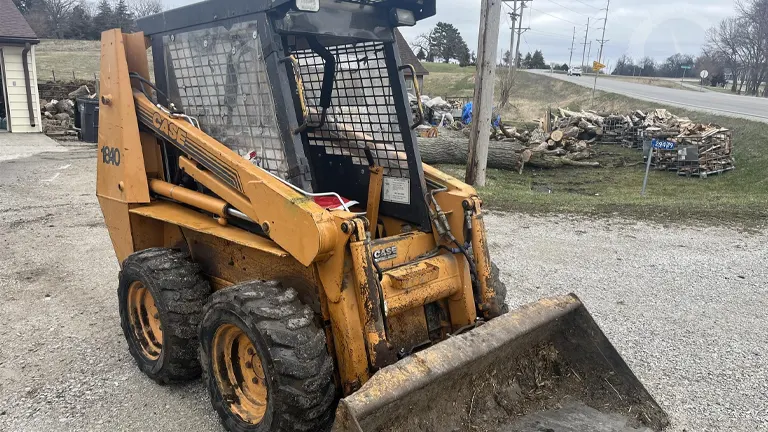
The Case 1840 Skid Steer’s reputation for durability is well-earned. It’s constructed with a robustness that exudes reliability from every angle. Its materials are high-quality, chosen to withstand the day-to-day wear and tear that’s inevitable in the construction world. Whether it’s taking on rough terrain, handling heavy materials, or enduring exposure to the elements, the Case 1840 consistently proves itself to be up to the challenge.
Comparison Table
| Feature | Case 1840 Skid Steer | New Holland L180 Skid Steer Loader |
|---|---|---|
| Operating weight | 5,558 lbs | 7095 lbs |
| Rated operating capacity | 1,400 lbs | 2200 lbs |
| Bucket capacity | 0.3 cu yds | 0.7 cu yds |
| Engine model | 4-390 | 334M2 |
| Gross Power | 51 hp | 59 hp |
| Height – Top of Cab | 78 in | 78 in |
| Length w/o Bucket | 97.2 in | 108 in |
| Speed | 6.3 mph | 6.9 mph |
| Average Price | $29,995.00 to $35,000.00 | $34,000.00 to $48,000.00 |
Case 1840 Skid Steer
The Case 1840 Skid Steer is a versatile and budget-friendly option for those in search of a compact and maneuverable machine. With an operating weight of 5,558 lbs, it’s well-suited for tasks in confined spaces, boasting a rated operating capacity of 1,400 lbs. This skid steer offers a convenient bucket capacity of 0.3 cu yds, making it adept at various construction applications. Although it has a slightly lower power output compared to some competitors, the Case 1840 offers a balanced blend of power and affordability, with an average price range of $29,995.00 to $35,000.00. Its compact design and cost-effective pricing make it an attractive choice for those looking to balance capability with budget considerations.
New Holland L180 Skid Steer Loader
The New Holland L180 Skid Steer Loader is a heavyweight performer designed for more demanding construction tasks. With a substantial operating weight of 7,095 lbs, it excels in heavy-duty projects, offering an impressive rated operating capacity of 2,200 lbs. This skid steer boasts a generous bucket capacity of 0.7 cu yds, making it a workhorse for material-handling applications. With a robust 59 hp engine, it packs a punch in terms of power, allowing it to handle challenging tasks with ease. The New Holland L180 Skid Steer Loader is a top choice for those who prioritize power, lifting capacity, and are willing to invest in their equipment, with an average price range of $34,000.00 to $48,000.00. It’s ideal for those seeking maximum capabilities on larger job sites and heavy construction projects.
Comparative Analysis
In comparing the Case 1840 Skid Steer and the New Holland L180 Skid Steer Loader, it’s evident that both machines have their unique strengths and characteristics. The Case 1840 Skid Steer, with its lower operating weight and rated operating capacity, may be more suitable for tasks in confined spaces where maneuverability is crucial. On the other hand, the New Holland L180 Skid Steer Loader, with its higher operating weight and bucket capacity, could be the better choice for heavy-duty tasks that demand significant lifting and material-handling capabilities.
The power differential, with the New Holland boasting more gross horsepower, may tip the scales in its favor for more demanding projects. Additionally, the New Holland Skid Steer exhibits slightly better speed, which can enhance productivity on larger job sites.
However, it’s essential to consider the price point as well. The Case 1840 Skid Steer generally falls within a more budget-friendly range, making it an attractive option for those with cost constraints. On the other hand, the New Holland L180 Skid Steer Loader, while offering superior capabilities, comes with a higher price tag.
In the end, the choice between the Case 1840 and the New Holland L180 comes down to your specific needs and budget. If you require a compact, agile machine for maneuvering in tight spaces and are mindful of costs, the Case 1840 is a strong contender. However, if your projects demand higher lifting capacities, more power, and you can invest in a pricier model, the New Holland L180 might be the better fit. Remember to weigh the pros and cons carefully and align your decision with your unique job site requirements.
Pros and Cons
Like any piece of equipment, the Case 1840 Skid Steer comes with its share of pros and cons, which I’ve personally assessed.
Pros:
- Powerful engine: The Case 1840 is powered by a 74 hp Tier 4 Final compliant turbocharged diesel engine, which provides plenty of power for even the toughest jobs.
- Compact size: The Case 1840 has a relatively compact footprint, making it easy to maneuver in tight spaces.
- Lift capacity: The Case 1840 has a lift capacity of 2,800 lbs., which is sufficient for most common skid steer applications.
- Operator comfort: The Case 1840 features a spacious and comfortable operator’s cab with a wide range of visibility.
- Ease of maintenance: The Case 1840 is designed for easy maintenance, with convenient access to all major service points.
Cons:
- Price: The Case 1840 is a premium-priced skid steer, and it may be more expensive than some comparable models from other brands.
- Ground clearance: The Case 1840 has a relatively low ground clearance, which can be a disadvantage when working in rough terrain.
- Noise level: The Case 1840 can be quite noisy, especially when running at high engine speeds.
Personal Tips on How to Maintain Your Case 1840 Skid Steer
Here are my personal suggestions:
- Regular Inspections: Just like taking care of your car, a skid steer benefits from routine check-ups. Regularly inspect the machine for loose bolts, hoses, and any signs of wear and tear. Don’t forget to look under the hood and check the engine components for any issues.
- Keep It Clean: Construction sites can get messy, and your skid steer will undoubtedly get dirty. Regularly cleaning the exterior, undercarriage, and the engine area is essential. It not only keeps the machine looking good but also prevents dirt and debris from causing damage.
- Grease Those Joints: Lubrication is key to maintaining the moving parts of your skid steer. Make sure to grease the joints and pivots at recommended intervals. It extends the life of components and ensures smooth operation.
- Check Fluid Levels: Regularly inspect the engine oil, hydraulic fluid, and coolant levels. Keep them within the recommended range. If you notice any leaks, address them promptly to prevent more significant issues down the road.
- Replace Filters: Air, oil, and fuel filters need to be changed according to the manufacturer’s guidelines. Clean filters ensure the engine operates efficiently and reduces the risk of contamination.
- Tire Maintenance: If your skid steer has pneumatic tires, keep an eye on their condition and pressure. Underinflated tires can affect stability and performance. Also, look for signs of punctures and repair or replace as needed.
- Battery Care: Regularly check the battery terminals for corrosion and ensure they’re secure. Clean any corrosion with a wire brush and apply anti-corrosion spray to prevent future buildup.
- Track and Undercarriage Inspection: If your skid steer has tracks, inspect them for signs of damage, like cracks or missing chunks. A well-maintained undercarriage is crucial for stability and traction.
- Operator Training: Proper operation is part of maintenance. Ensure that anyone operating the skid steer is well-trained and follows safety and operational guidelines.
- Keep Records: Maintain a maintenance log to record all service and repairs. This helps you track the machine’s history and ensures you stay on top of scheduled maintenance.
- Winter Preparations: If you’re in an area with cold winters, take extra care. Use the recommended antifreeze mixture, keep the battery charged, and consider block heaters to aid in cold starts.
- Storage: When not in use for an extended period, store your skid steer in a dry, sheltered area. If it must stay outdoors, use a cover to protect it from the elements.
- Emergency Kit: Keep an emergency kit on board with essentials like tools, spare parts, and a fire extinguisher. Being prepared can save time and prevent more severe damage in case of a breakdown.
Final Verdict
The Case 1840 Skid Steer has earned its place as a reliable and versatile piece of construction equipment. Its combination of power, maneuverability, operator comfort, and durability make it a valuable asset on any job site. While it might have its limitations for extremely heavy tasks, its overall performance and resilience make it an excellent choice for a wide range of construction projects. I wholeheartedly recommend it for those who value performance, precision, and operator comfort in their machinery.
FAQs
- What makes the Case 1840 Skid Steer stand out in terms of maneuverability?
The Case 1840’s exceptional maneuverability is attributed to its compact size and agile design, which allows it to easily navigate tight spaces and crowded job sites with precision and control. - Can the Case 1840 Skid Steer handle heavy lifting tasks effectively?
Yes, the Case 1840 Skid Steer is well-equipped for heavy lifting and excavation tasks. It features a robust engine that delivers the necessary power for various construction activities. - How versatile is the operating capacity of the Case 1840 Skid Steer?
The Case 1840 Skid Steer offers an impressive operating capacity. It can accommodate various attachments, such as buckets, forks, and augers, making it suitable for lifting heavy loads and reaching elevated areas. - What are the key benefits of the ergonomic cabin in the Case 1840 Skid Steer?
The ergonomic cabin in the Case 1840 reduces operator fatigue during extended work hours. It ensures operator comfort and features well-placed controls, enhancing efficiency and reducing strain. - How does the Case 1840 Skid Steer fare in terms of visibility from the operator’s seat?
The Case 1840 provides excellent visibility from the operator’s seat, which is not only vital for safety but also significantly improves overall productivity by allowing operators to work more precisely. - Can the Case 1840 Skid Steer withstand harsh conditions on a construction site?
Absolutely. The Case 1840 Skid Steer is known for its durability and reliability. Its robust construction and high-quality materials ensure it can handle demanding conditions and heavy workloads with ease. - Does the Case 1840 Skid Steer have any limitations when it comes to lifting capacity?
While the Case 1840 Skid Steer is impressive for its size, it may not match the lifting capacity of larger machines. This limitation might affect its suitability for extremely heavy-duty tasks that require substantial lifting capabilities. - How does the Case 1840 Skid Steer compare to larger construction equipment in terms of maneuverability?
The Case 1840 Skid Steer’s compact size and agile design provide it with a significant advantage in maneuverability, particularly in tight and confined spaces. While larger equipment might offer greater lifting capacity, they often lack the agility and precision that the Case 1840 excels in, making it a valuable choice for tasks that demand precision and control.
Whether you’re a seasoned pro or just starting your journey in the construction field, the Case 1840 Skid Steer offers the perfect blend of power and precision, all packed into a reliable and compact machine. It’s the kind of dependable partner that not only meets but often exceeds your expectations, making it a truly indispensable asset in the construction world. So, when you’re on the lookout for that steadfast companion for your projects, consider the Case 1840 Skid Steer – a machine that not only works hard but also works smart, making your construction endeavors all the more rewarding.

Benjamin Brooks
Forestry AuthorGreetings! I'm Benjamin Brooks, and my journey over the past 15 years has revolved around the fascinating realms of content creation, expertise in snow clearing, and the intricate world of lumberjacking and landscaping. What began as a simple curiosity about the natural world and heavy machinery has evolved into a passionate profession where my love for crafting words intertwines seamlessly with my lumberjacking and garden skills.

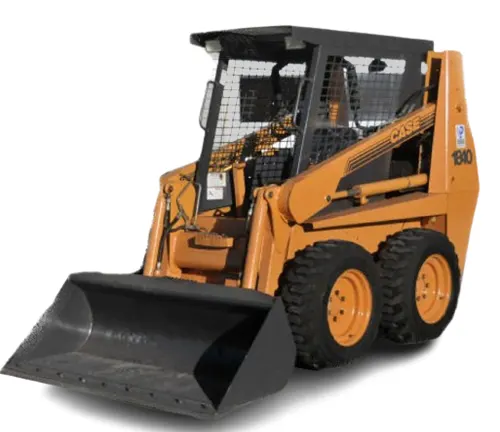
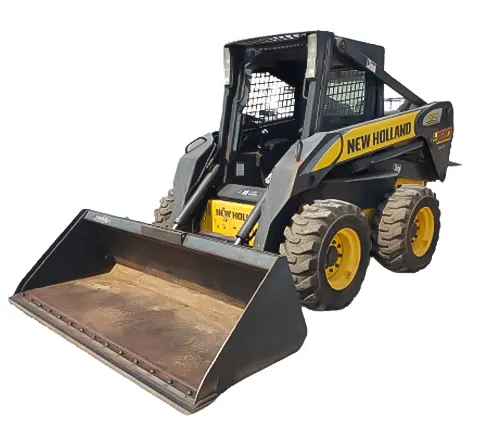
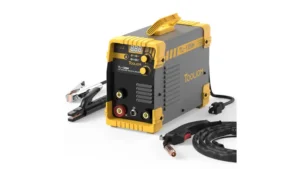
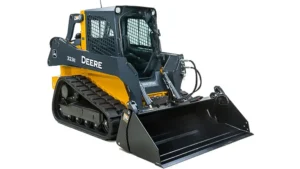
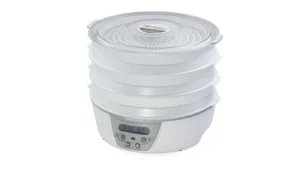
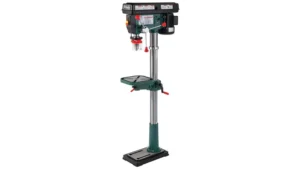
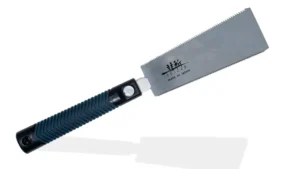
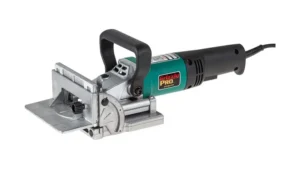
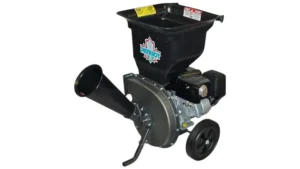
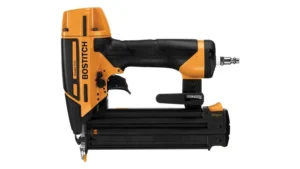

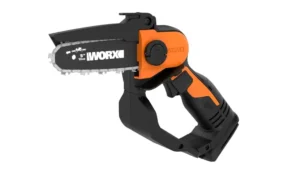
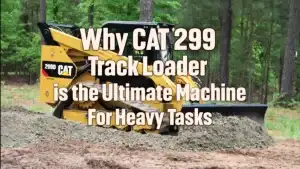
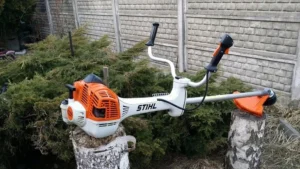
I really enjoyed your article about Case 1840 Skid steer. This was my first machine I started out with in my concrete business back in 2001. The model I was lucky enough to find was used 1997 Case 1840 Skid Steer with 4 in 1.bucket. I look back on how I purchased it for only $3,000.00 and to see how it's held it's value strong for 27 years. You can still run it side by side with new brands out today and noticing you want hardly find and of the Mustang, Bobcat, New Holland machines from that she error still running strong like the Case 1840.
Eric Rich
March 12, 2024 12:28 amIt's impressive to hear about your long-lasting experience with the 1997 Case 1840 Skid Steer, especially considering its enduring value and performance since 2001. Your story underscores the machine's reliability and durability, setting it apart from other brands of its age. Thanks for sharing your insights; it's a great testament to the Case 1840's build quality and longevity.
Benjamin Brooks
March 25, 2024 6:25 am